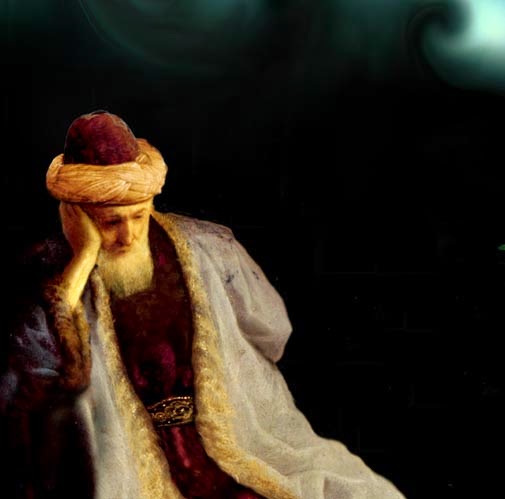The path of Sufism starts when a student
takes an oath of allegiance with a teacher
called Bai'ath orBay'ah(Arabic
word meaning "transaction") where he
swears allegiance at the hands of his Pir and
repents from all his previous sins. After that, the student is called a
Murid (Arabic word meaning committed one).
From here, his batin (inward) journey starts.
A Pir usually has authorizations to be a
teacher for one (or more) Tariqahs (path
s). A Tariqah may have more than one Pir at
a time. A Pir is accorded that status by his
Shaikh by way of Khilafat or Khilafah (Arabic
word meaning succession). Khilafat is the
process in which a Shaikh identifies one of
his disciples as his successor (khalifah). A Pir
can have more than one khalifah.

